I cut my birding teeth in some of the most urbanized regions of the U.S., back in the days before my birding travels took me around the world. Heck, I’m even in a lovely HBO documentary about birding Central Park, NYC, whose birds and people are very near to my heart.
Now I am based on the edge of another concrete mecca, and though every month or so I am leaving it to bird elsewhere, the breadth of urban resident and migrating birds here makes for some of my favorite birding anywhere. A world metropolis, the city of Los Angeles is home to about 3.8 million people, but the continuous urban sprawl encompasses far more, with about 12.9 million people in the greater Los Angeles area. It is a city that, like the universe, seems to be perpetually expanding. The birding here is fantastic.
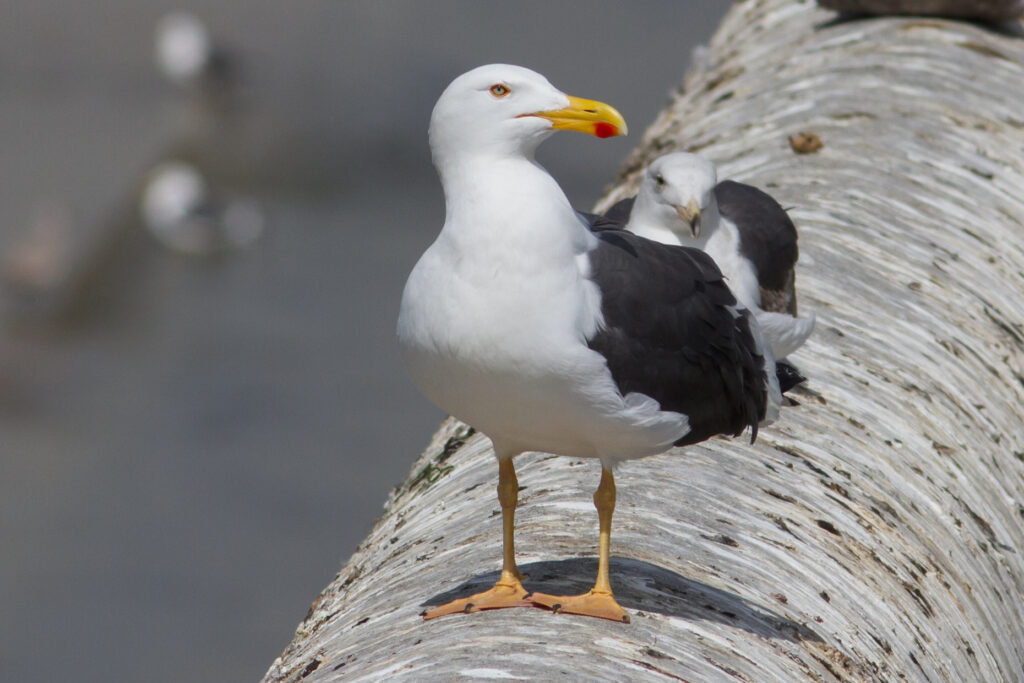
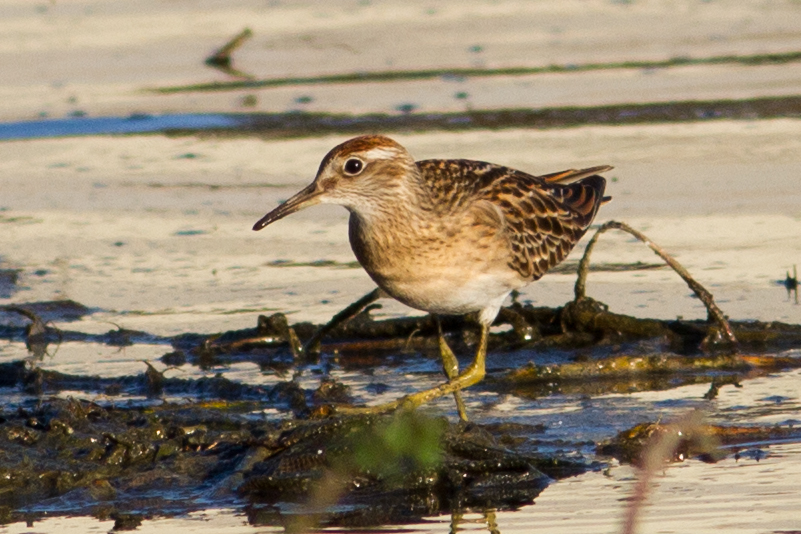
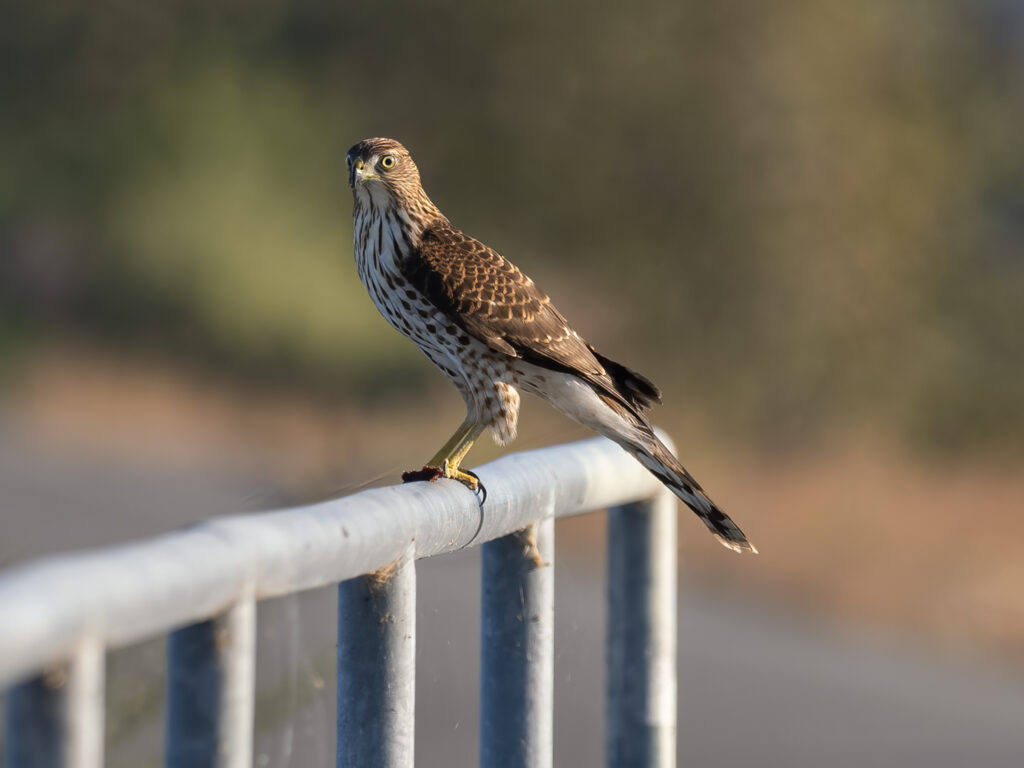
Despite a well-earned reputation for its infuriating traffic and an undeserved reputation for its lack of culture and nature, there are some very surprising facts to learn about LA. Firstly, Los Angeles County is the birdiest county in the United States, which means more bird species have been seen here than in any other county in the entire country. With 546 species entered into eBird at this point, Los Angeles outpaces not only all other counties but also exceeds most state totals. That number includes some provisional species, but even if you subtract them out, Los Angeles is still number one.
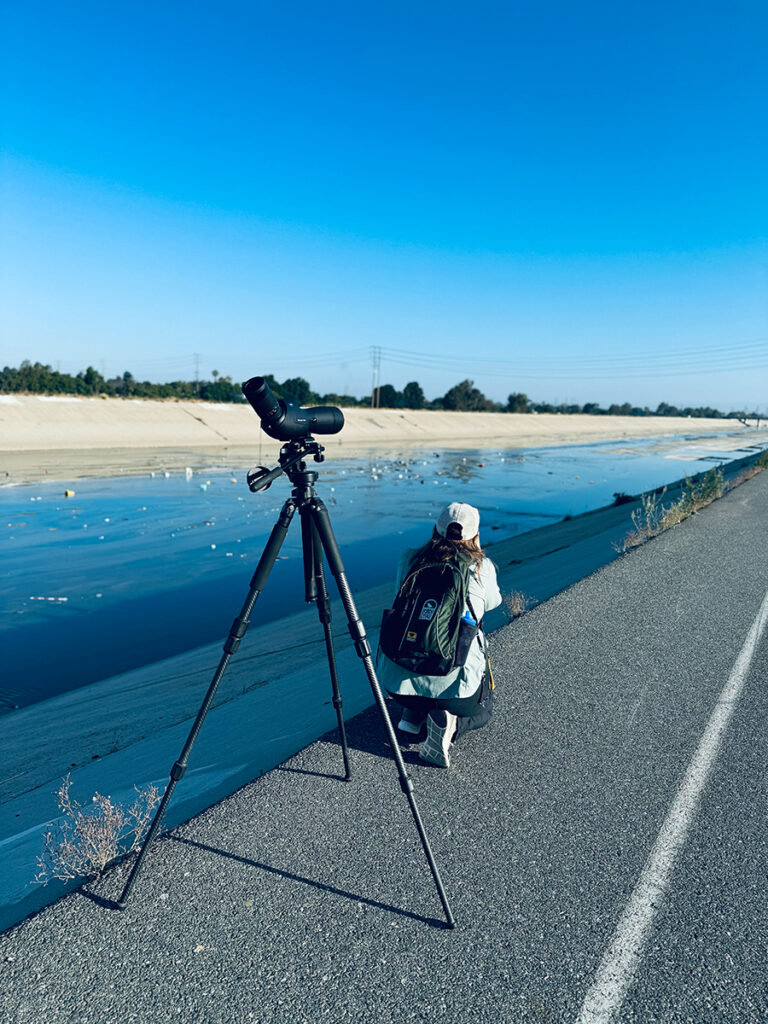
Doing a Big Day or Birdathon here is an epic and exhausting experience. In 2015, four of us set out to break the record for an unassisted big day, and tallied in at 209 species. We spent 16 out of a possible 24 hours hitting as many different habitats and zones as possible, with a new kind of route to tackle the immense area (and to avoid sitting in traffic as much as possible). My friend Brittany O’Connor came up with an ingenious itinerary that upended previous big day approaches here, and it really paid off.
We hit all of the available county habitats, and therein lies the reason for the incredible avian diversity here: we have fresh water marshes and rivers, riparian woodlands, coastal sage scrub, chaparral, oak woodlands, urban parks, grasslands, montane forests, desert, and ocean. Not all of those are within the urban city itself, but a surprising number of them are represented within the actual concrete jungle.
A second interesting fact about LA is that the history of the city and its infrastructure is based upon water, and not just water in the sense of drought and deserts. Los Angeles is a city molded by rivers, floodplains, seasonal rains, fire, and the sea. In fact, the entire city sits on a great alluvial plain, sloping down from the mountains as it extends to meet the sea. There are multiple natural rivers, now encased in concrete to try and control their flooding. Before the
protective measures were put into place, the seasonal flooding did not mix well with a growing city population, resulting in deaths and much property destruction. When the city was first developing, people did not quite understand that they were building a metropolis on top of a floodplain that was capable of turning into a twenty mile wide river during the rainy season.
What this all means, simply, is great birding!
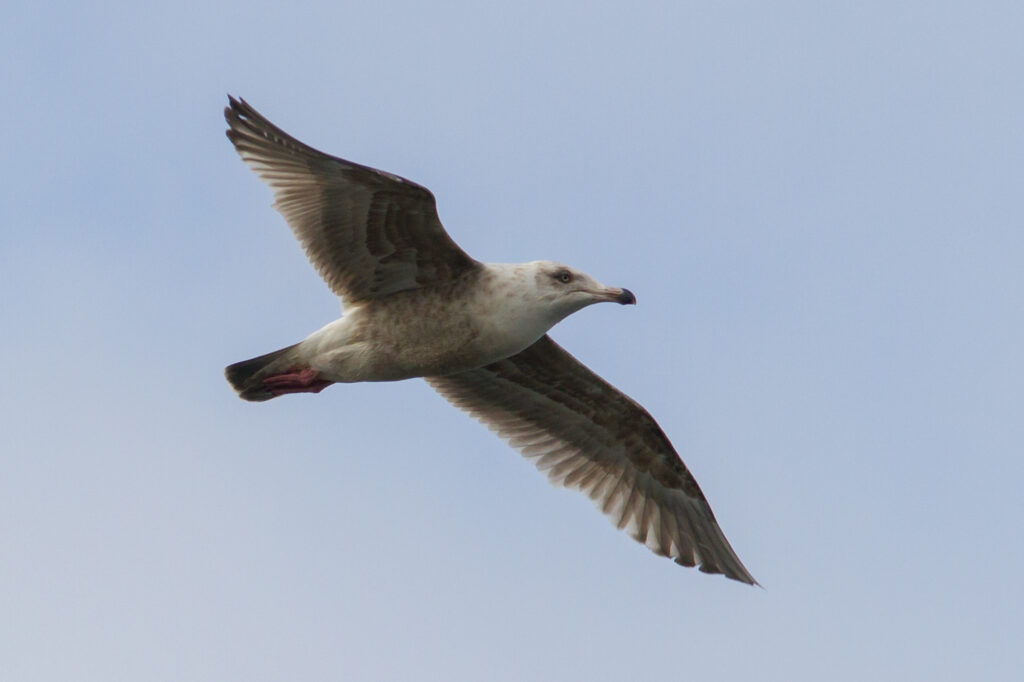
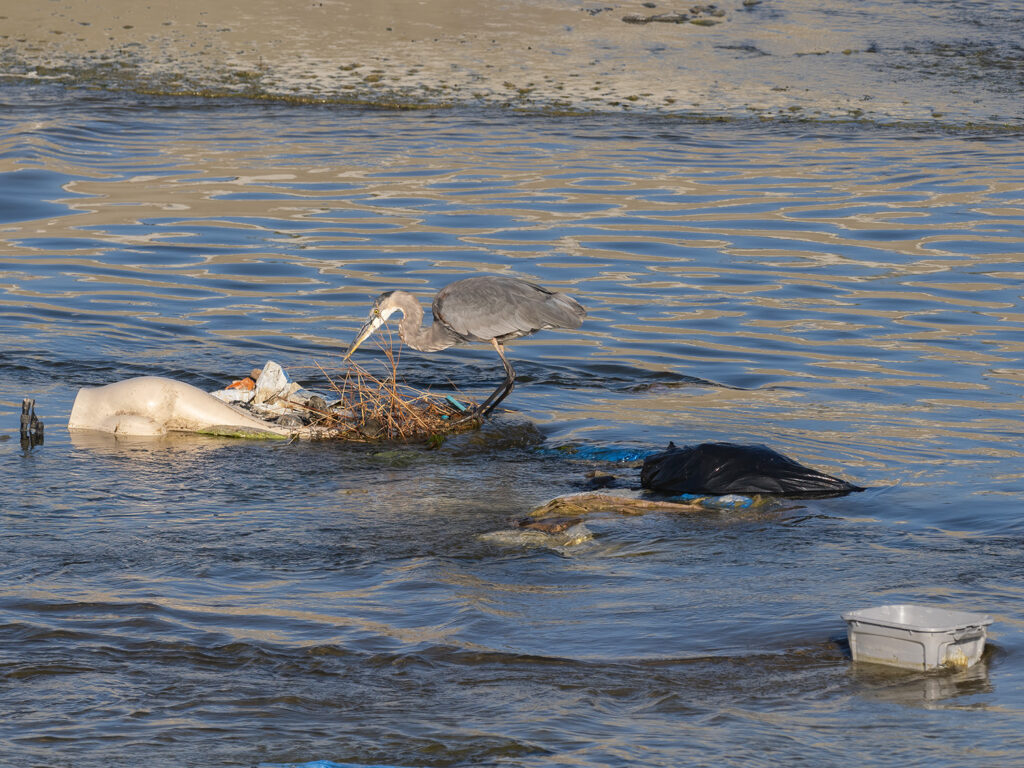
The concrete river system here is quite beautiful to me, with its unique color palette and its urban desolation contrasted with areas of coastal and riparian growth that rival a natural setting. As the doldrums of the summer heat and birding lulls set in, July starts bringing hopes of fall birds far before the temperatures reflect the change in seasons, and the river system is the first habitat to come alive.
I took a little run out to the lower Los Angeles River at Willow Street a couple of weekends ago to look for migrating shorebirds, as befits the season. My friend Vinita Khilnani (@omgvinita) gamely braved the heat to go with me, and with great enthusiasm we scoped and dodged bicyclists and enjoyed the early morning light (a good chunk of the river system has great access via long bicycle and pedestrian trails). This stretch of river is primarily concrete flats north of the bridge, which spread out from the central, deeper channels and fill with warm shallow water, algae, and tasty arthropods. Perfect for migrating shorebirds!
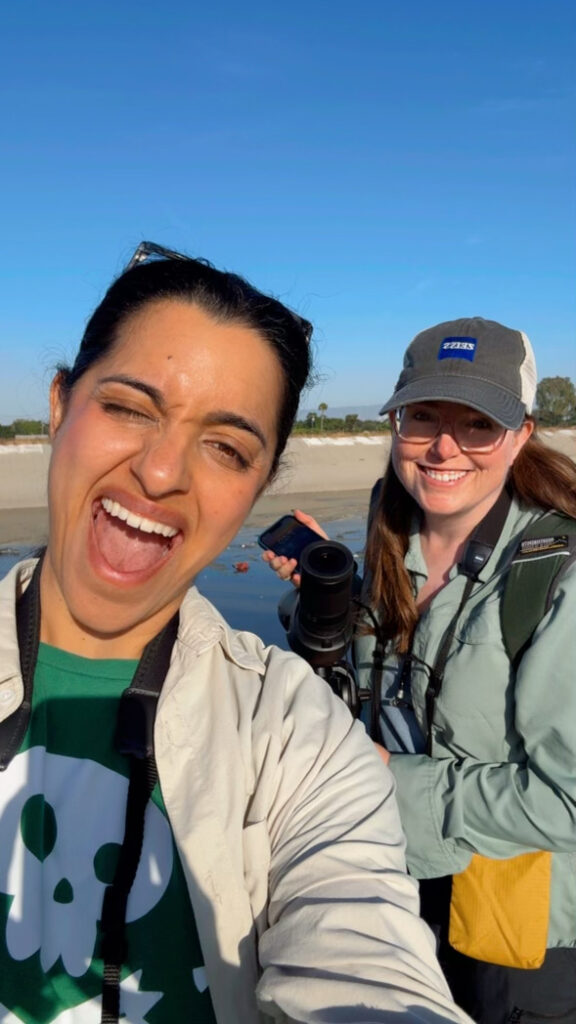
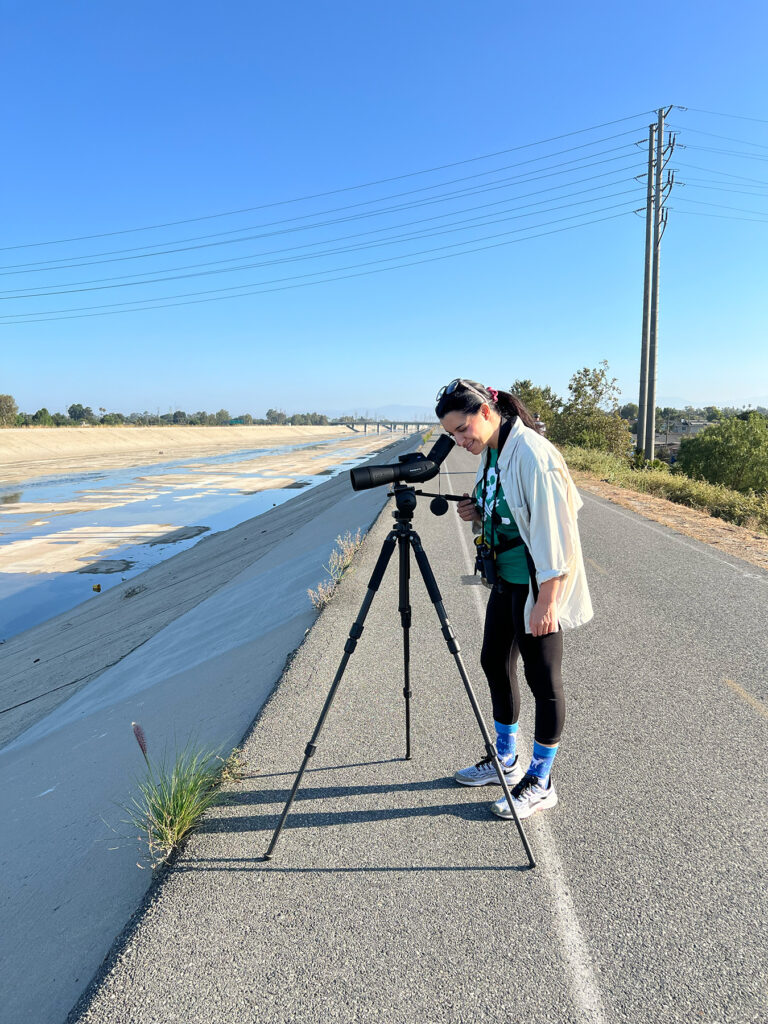
South of the bridge is a willow riparian and grass habitat, which houses passerines and water birds alike, including the native at-risk Least Bell’s Vireo and some exotic species like the Northern Red Bishop. It can be great for migrating rarities as well.
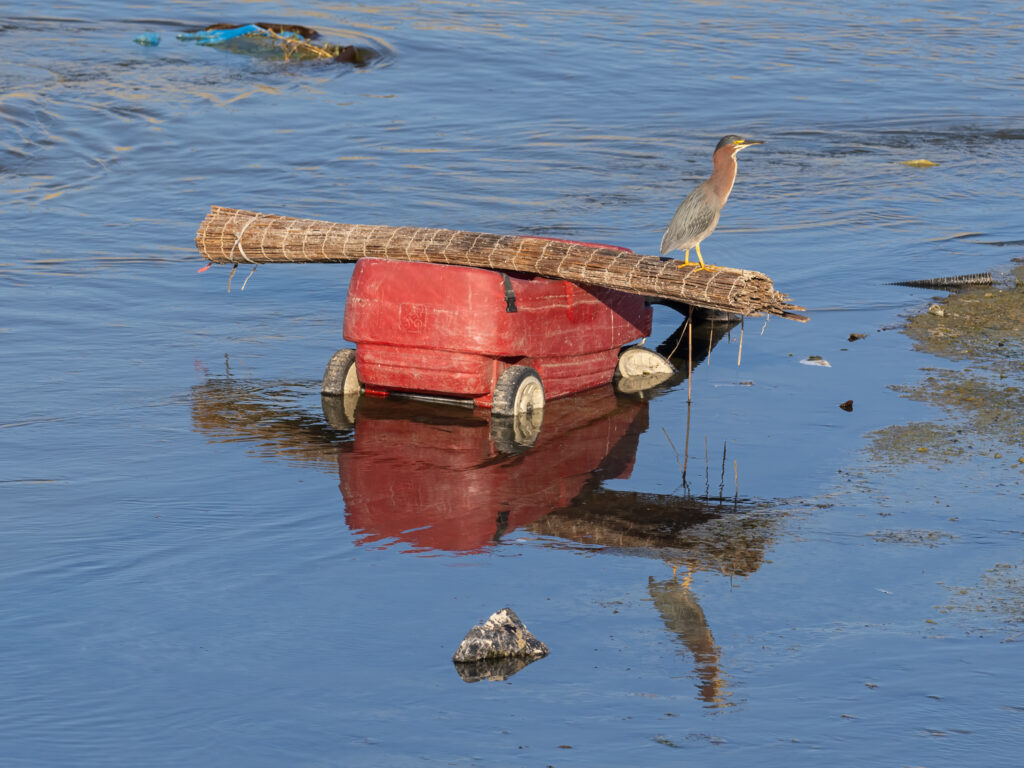
The peep numbers weren’t high in the weekend we visited, but we had a good number of species and Vinita even got two lifers. A typical endemic experience here is to spot a bird in the scope, and then give directions like “It’s to the left of that old soccer ball, before the orange bucket,” or “It is standing on a mound of grasses to the right of that partially-submerged mannequin.” Always a good urban birding time here in Lala Land! One can laugh, but our diversity and quantity of species and habitats speak for themselves.
Photo credits:
Catherine Hamilton
Luke Tiller
Vinita Khilnani